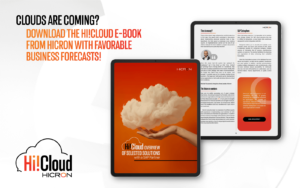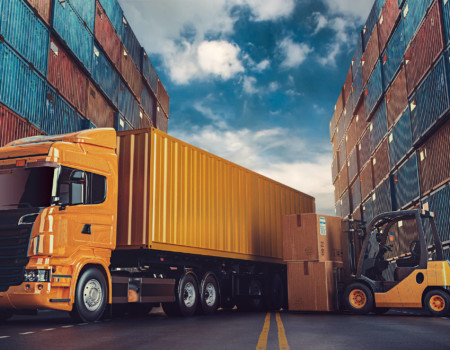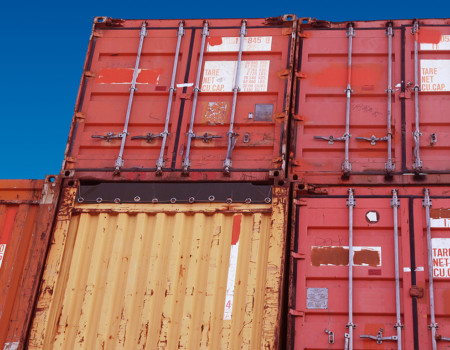The planning phase includes in-depth analyses of risks and current market trends, resource management, and the establishment of performance metrics for the processes that make up the supply chain. It is a search for answers to consumers’ needs in terms of the products and services they choose. Procurement, on the other hand, involves selecting the raw materials needed to make a product and efficiently managing supplies. The production stage of the supply chain is about ensuring the quality of products and finding ways to increase efficiency while reducing costs. The final stage in the outline is delivery, which includes distributing goods, coordinating customer orders, picking, shipping, and managing returns and waste.
Types of supply chains – breakdown by links
Based on the number and type of links in a supply chain, the following types are distinguished:
- simple
- extended
- internal
- comprehensive
What do these names mean? A simple supply chain is one in which the only links are the supplier, the customer, and the company. An extended model, in turn, also includes second-, third-, and subsequent tier suppliers and downstream customers. An internal supply chain encompasses all the activities and processes within a company that are necessary to fulfill an order. On the other hand, when a model is described as comprehensive, it means that it takes into account the use of logistics, finance, IT, and other companies, in addition to the links mentioned above.
Types of supply chains – breakdown by goals
An alternative division of supply chains was based on the goals pursued. It includes the following models:
- integrated supply chain
- traditional supply chain
- green supply chain
- value chain
An integrated supply chain is one in which all the links are working to achieve the same goal – serving the customer. In a traditional model, the main goal is to reduce costs and increase process efficiency. A green supply chain is also called sustainable. The goal is to care for the environment and take an eco-friendly approach at every stage of the flow of goods and services. When it comes to green supply chains in organizations, SAP has proven to help companies grow sustainably while successfully conquering new markets and responding to increasingly individualized customer needs. The latest version, SAP S/4HANA, is available in a cloud-based version that consumes less energy than traditional local IT infrastructure. Another useful tool in this regard is SAP PaPM, which provides functions for generating advanced reports and accurately monitoring a company’s CO2 emissions.
What are the characteristics of a value chain? In this model, the efforts of all links are focused on creating value for both customers and the company.
Cold supply chain and other models
The models listed above are not the only ones out there. In the literature we can come across other terms to describe supply chains. For example, a cold supply chain applies to all processes involved in the production and distribution of products that require low temperatures, such as pharmaceuticals and vaccines. An international supply chain is also called global. We talk about it when the links include foreign entities and international logistics flows are included in the processes.
The subject of supply chains is extremely broad. However, it is worth recognizing that their effective management is the key to market success and smooth operation of the company. The use of modern technology in the form of an advanced SAP system leads to process automation, increased efficiency of operations, and improved cooperation between links. It also helps to better anticipate current conditions and reduce transportation time. Numerous factors influence production and logistics processes in any company. Manage them all with a modern ERP system from SAP.








